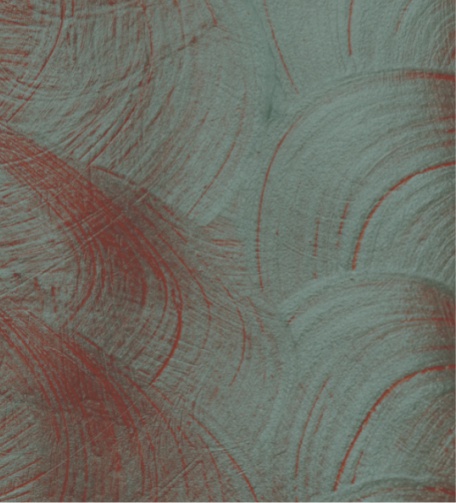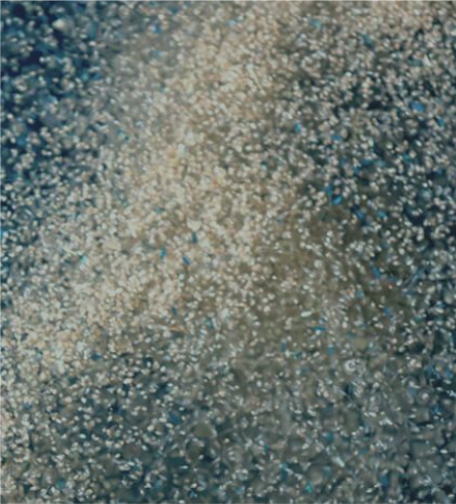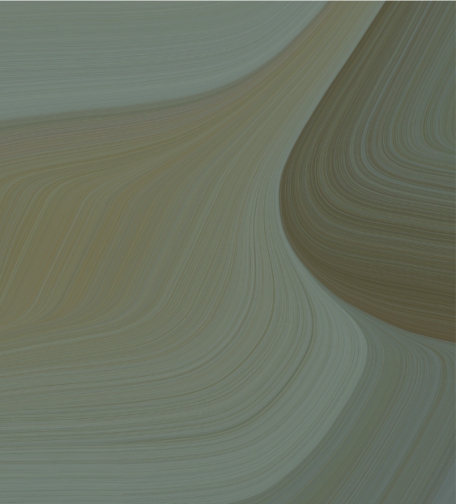Peeling in a beauty salon vs commercial peeling: what are the differences?
Only the mildest peeling, the superficial peeling, can be performed at home without fear for the skin. Medium or deep peels are necessarily carried out in an institute or with a dermatologist. The acid concentrations of each type of peel are of course different.
Store-bought peels can only remedy fairly mild skin problems, they unify the complexion and give radiance to the face. These products sold over the counter contain fruit acids, glycolic acid or salicylic acid, but the presence of these agents is less concentrated than the treatments offered in a beauty salon. The difference also lies in the techniques and tools, institutes and dermatologists offer more advanced treatments and processes.
The effectiveness of the peeling product depends mainly on the acid concentration. The more concentrated the active ingredient, the deeper the treatment and the more visible the result, but the greater the risk of irritation. The treatments offered in supermarkets often contain fairly low concentrations of glycolic acid, the rate is often around 10% when dermatologists use concentrations ranging from 30 to 70%. If large surface peels can promise a fresher complexion or a slight reduction in blackheads, the results will always be less deep and less lasting than the treatments offered in beauty salons.
The peeling sold on the market and the treatment offered by a dermatologist do not have the same vocation, if your objective is to renew your skin via a deep peeling, it is better to turn to a professional who will establish the most appropriate diagnosis and will offer you treatment accordingly.
Regardless of the peel chosen, it is always possible to help your skin radiate via beauty food supplements that act from within. GliSODin 's Skin Radiance formula helps unify the skin and reduce imperfections, it complements the peeling action well. To prevent visible signs of aging on the skin, GliSODin has concocted a formula: Anti-aging helps improve skin elasticity and protects it from skin aging. General condition can help sensitive or problem skin regain a healthier appearance. Food supplements do not replace a healthy lifestyle or suitable dermatological practices.
























